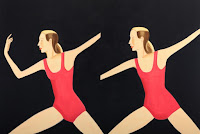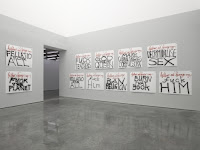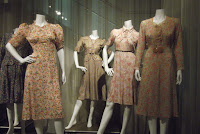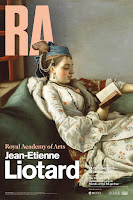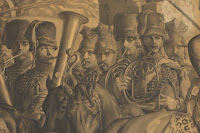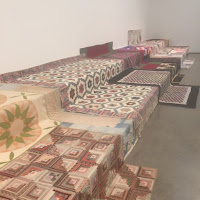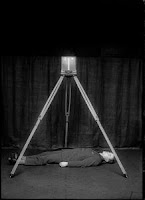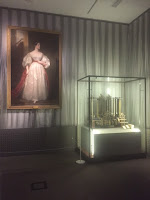Painted Cloth: Goya and dress

Excellent lecture at the National Gallery looking at the clothes in Goya portraits. The lecture was given by Jacqui Ansell and she discussed the changing fashion seen in the pictures from the formal court dress, through a genre for French style and the take up of the national Maja style dress. She had excellent slides both of works in the current exhibition and from other galleries. I always enjoy her quirky take on things to get you thinking such as comparing the dashing full length picture in the exhibition with a chap showing off his excellent leg in white breeches with a picture of Angelina Jolie on the cat walk!
